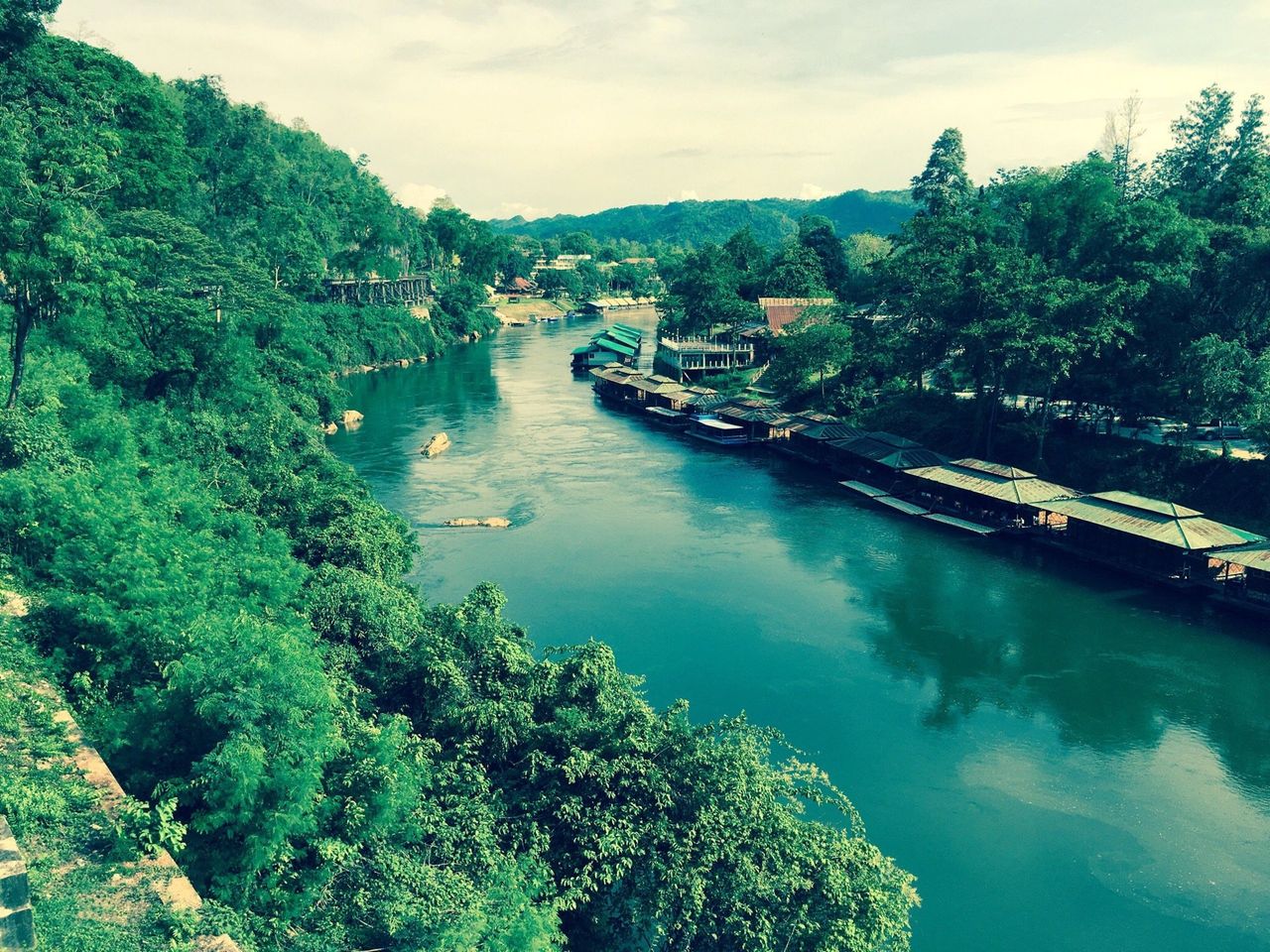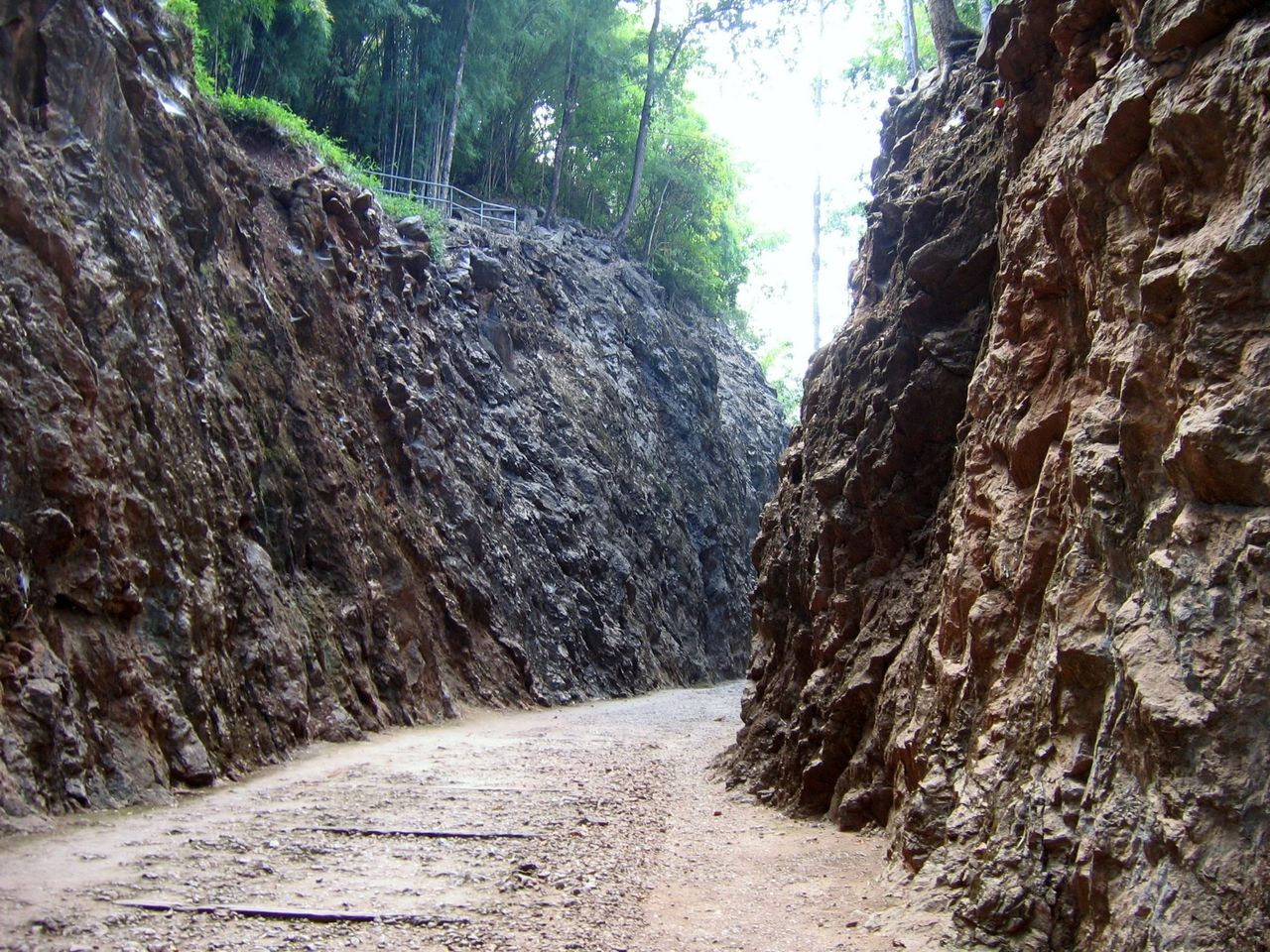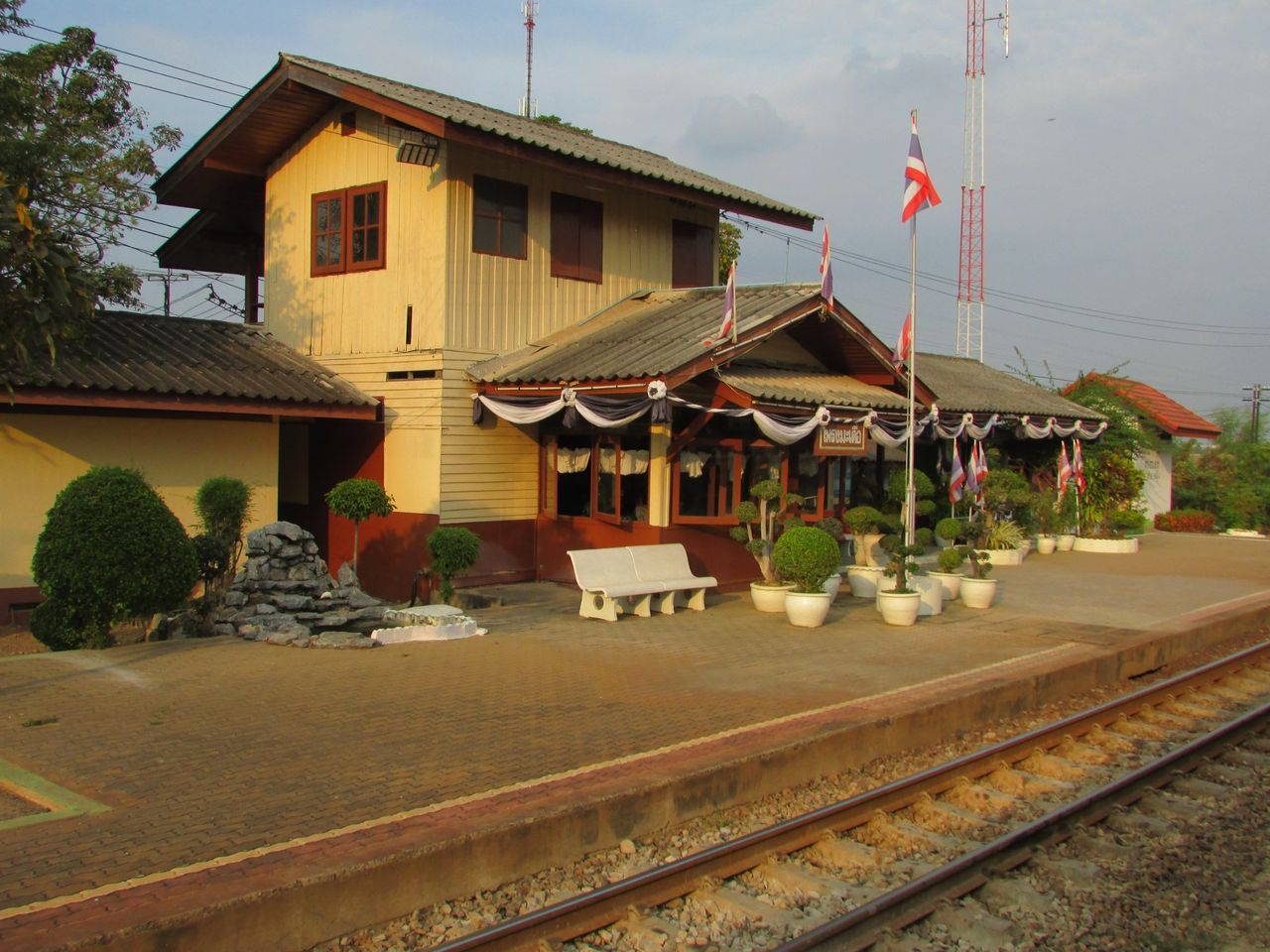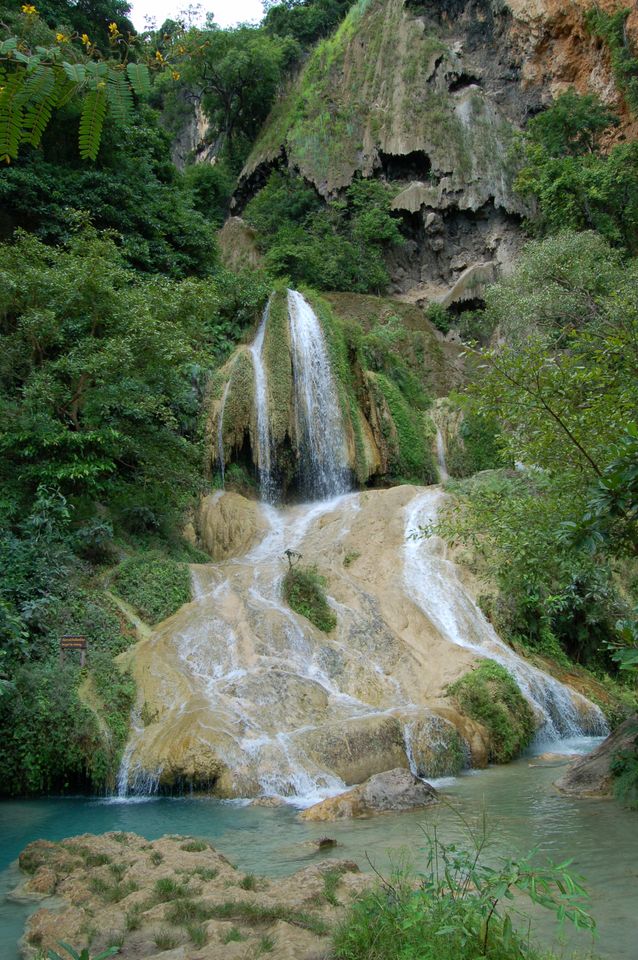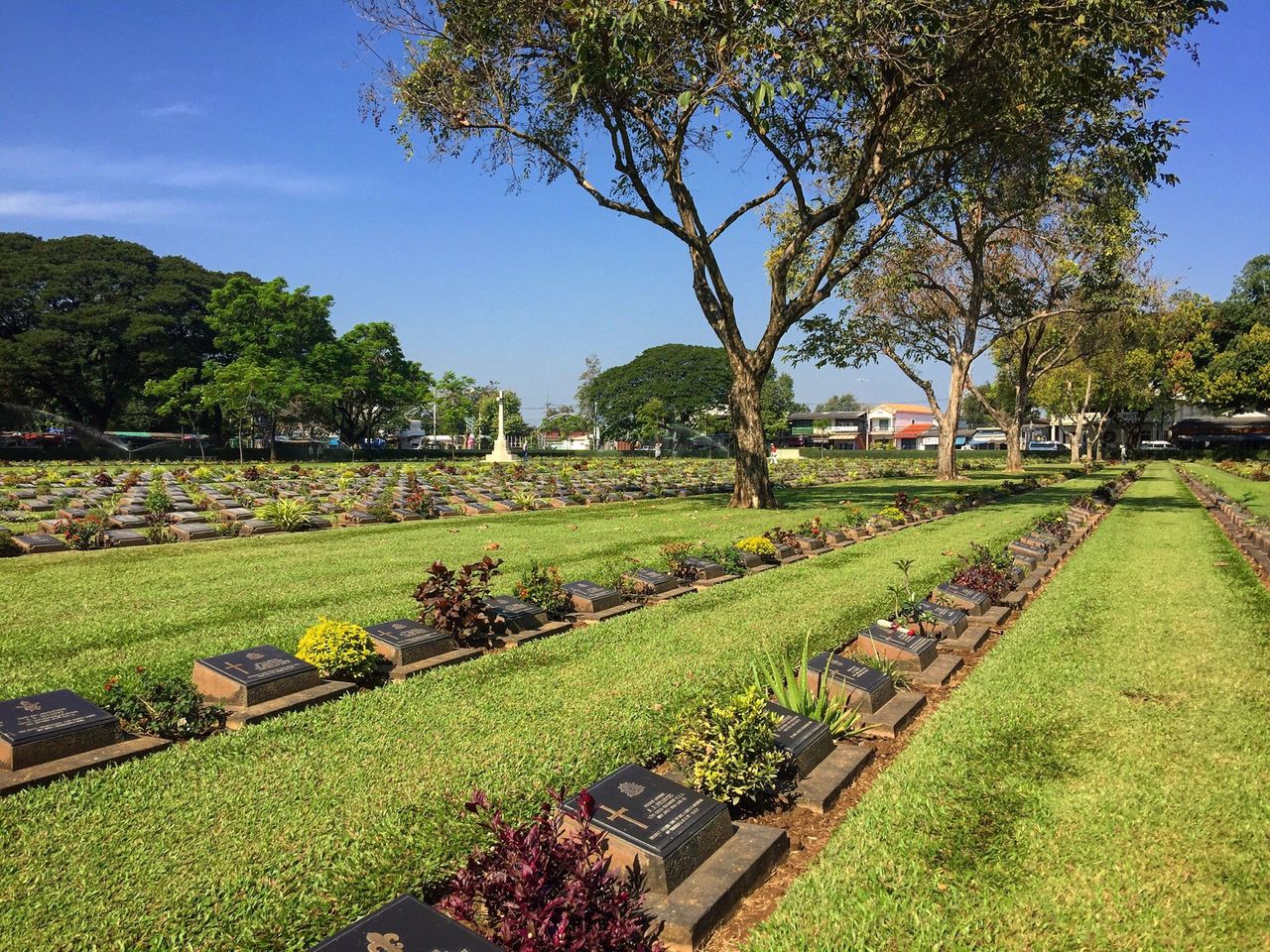Discover the History and Beauty of the Bridge over the River Kwai in Thailand
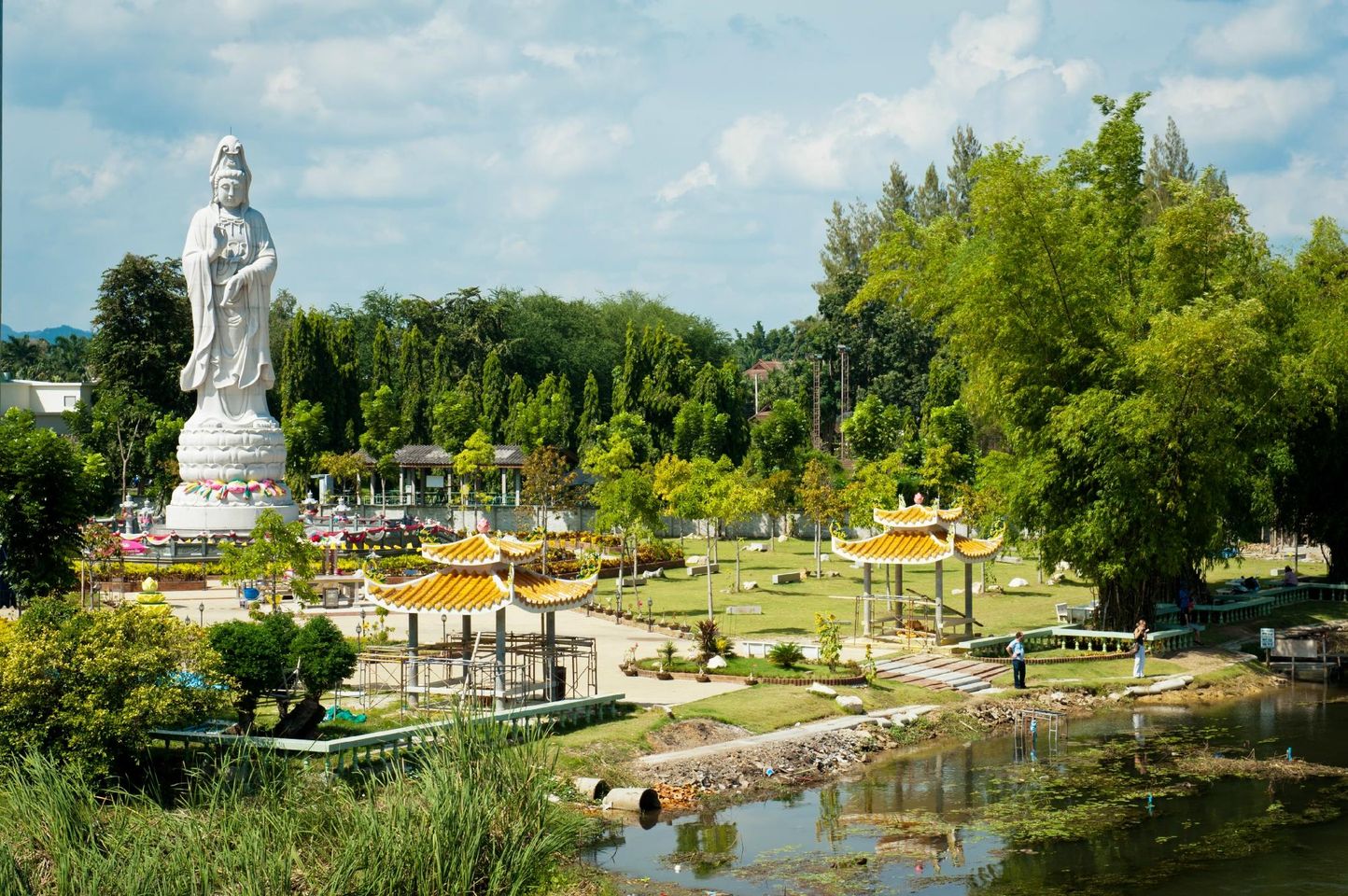
We believe that a journey is not just about reaching the destination, but the memories, experiences, and stories that we create along the way. One such place that always leaves a lasting impression on travelers is the Bridge over the River Kwai in Kanchanaburi, Thailand. It’s an iconic landmark with a rich history that attracts thousands of tourists every year.
Located about 130km west of Bangkok, Kanchanaburi is a bustling city renowned for its lush jungles, waterfalls, and natural beauty. But it’s the iconic Bridge over the River Kwai that truly captures the imagination of visitors. The bridge is a part of the infamous Death Railway, built by Japanese soldiers during World War II using forced labor from Allied prisoners of war (POWs) and Asian conscripts. It’s a historical site that transports you back in time to one of the darkest periods in human history.
For us, a visit to the Bridge over the River Kwai is not just about reveling in its awe-inspiring engineering, but also about experiencing the stories of courage, sacrifice, and survival that are etched in its every beam. So, join us on a journey to Kanchanaburi as we explore the history, significance, and allure of the legendary Bridge over the River Kwai. Click here to access the complete city guide for Kanchanaburi.
History and construction of the bridge
As we step onto the bridge over the River Kwai, it’s easy to get lost in the serene scenery and sweeping views of the river below. However, it’s crucial to remember the history of this bridge and the unspeakable atrocities that took place during its construction by prisoners of war during World War II.
It’s a shame that while many tourists flock to this location for its beauty, they often forget or overlook the history of this bridge. The construction of this bridge was a harrowing feat, with prisoners of war being subjected to appalling conditions and treatment. It serves as a grim reminder of our past and the consequences of war.
As we move forward, it’s essential to not only appreciate the beauty of the bridge but to also pay homage to the lives lost during its construction. It’s our responsibility to acknowledge and remember the past, ensuring that we learn from previous mistakes and ultimately strive towards a more peaceful world.
POWs and forced labor during World War II
As we walk through the serene beauty of Kanchanaburi, it’s easy to forget the atrocities that occurred in this very location during World War II. The Bridge over the River Kwai serves as a poignant reminder of the forced labor and mistreatment of POWs that took place during the construction of the Burma Railway. It’s a stark contrast to the picturesque surroundings, but one that we cannot ignore.
We must acknowledge the inhumane treatment of the Allied POWs who were forced to build the railway under brutal conditions. Thousands lost their lives, and we must commemorate their sacrifice and suffering. It’s a testament to human resilience that the bridge still stands today, serving as a symbol of both the horrors of war and the importance of remembrance.
Visiting the Bridge over the River Kwai is a humbling experience that reminds us of the sacrifices made by those who fought in World War II. It’s a reminder that war comes at a great cost, and that we should strive for peace and understanding amongst all nations. As we pay our respects to the fallen, let us also remember the important lessons that wartime history teaches us.
Impact of the bridge on the surrounding community and tourism industry
We cannot deny that the Bridge over the River Kwai in Kanchanaburi is an impressive feat of engineering. It’s a testament to human ingenuity and perseverance, and it deserves admiration for the sheer amount of labor that went into building it. However, we must also acknowledge that the bridge’s impact on the surrounding community and tourism industry is a complex issue.
On one hand, the bridge has undoubtedly brought increased tourism to Kanchanaburi, which has helped create jobs and boost the local economy. But on the other hand, there are concerns that the influx of visitors could lead to environmental degradation and cultural erosion. It’s essential that we strike a balance between promoting tourism and preserving the local community’s way of life.
We believe that responsible tourism is the key to supporting the local community while also enjoying the beauty of the Bridge over the River Kwai. It’s essential to respect local customs and traditions and to minimize our impact on the environment. By doing so, we can help ensure that the bridge remains a source of inspiration and admiration for generations to come.
Conclusion
In conclusion, a visit to the Bridge over the River Kwai in Kanchanaburi, Thailand, is an experience that is not to be missed. Not only does it offer a glimpse into the history of World War II, but it also provides an opportunity to reflect on the human cost of war and the resilience of the human spirit.
As we stand on the bridge, we cannot help but feel a sense of awe and respect for the brave soldiers who fought and died here. We are reminded that war is not an abstraction; it is a brutal and terrifying reality that has claimed the lives of countless individuals throughout history.
Yet, even in the face of such adversity, we can take comfort in the knowledge that the human spirit is capable of overcoming unimaginable horrors. As we look out over the river, we are reminded that life goes on, and that even in the darkest of times, there is always hope.
In the end, a visit to the Bridge over the River Kwai is a powerful reminder of the importance of understanding our shared history and working together to build a better future. We must never forget the sacrifices made by those who came before us, and we must always strive to create a world where war is a thing of the past.

